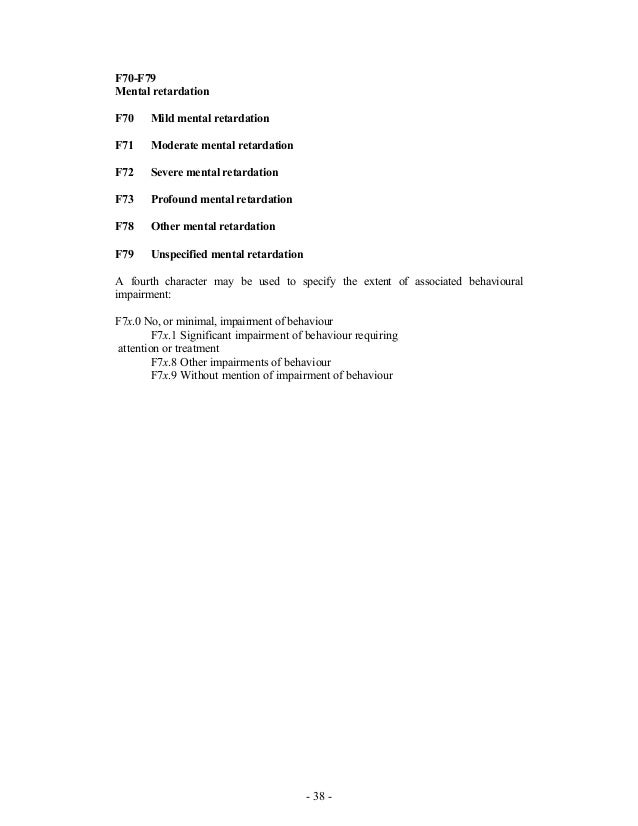
ĪimsAccurate measurement of emergency diabetes admissions is essential for healthcare delivery and research. Case studies on the impact of ICD-9-CM to ICD-10-CM coding transition on studies using real-world data in the United States. Suggested Citation: Ali AK, Beyrer JK, Schroeder KM, Wu J, Haldane DC, Mitchell L. Researchers should continue to look for similar descriptive or validation studies of cohort algorithms relevant to the study period. As providers gain greater familiarity with ICD-10-CM, coding practice will likely evolve over time. Clinically relevant ICD-10-CM associated with ICD-9-CM codes were E10.9 and E10.65 for T1D, and E11.9 and E11.65 for T2D.ĬONCLUSIONS: We were able to identify real-world coding patterns in claims data during the transition. Corresponding values for type 1 diabetes (T1D) were 77.4%-86.8%. Depending on DM type, ICD-10-CM yielded high sensitivity (97.6%-100%) for type 2 diabetes (T2D), when additional age restriction and treatment criteria were used. Of patients receiving an AD ICD-9-CM 331.0, 66% received one of the 4 G30.* ICD-10-CM, other clinically relevant codes observed at a frequency of at ≥10% included dementia and altered mental status (F03.90, F02.80, F02.81, and R41.82). RESULTS: Clinically relevant ICD-10-CM associated with ICD-9-CM LC (in ≥1% of ICD-9-CM cohort and rate ratio ≥2x versus matched other cancer controls) were C34.*. Patients with ICD-9-CM and ICD-10-CM codes spanning the transition through Januwere selected for: lung cancer (LC), pleural mesothelioma (PM), Alzheimer’s disease (AD), and diabetes mellitus (DM).

METHODS: Adjudicated claims in Truven Health MarketScan®Commercial and Medicare Supplemental databases for adult patients were used. This study describes real-world ICD-10-CM coding patterns for several diseases during ICD-10-CM transition.

Increased quantity and specificity of codes in ICD-10-CM will likely enhance misclassification in claims data during transition. Per the ICD-10-CM table, “These codes should not be used for individuals who are not eligible for the COVID-19 vaccines, as determined by the health care provider.” The index and tabular addenda for the new diagnosis codes are also available on the CDC website.OBJECTIVES: On Octopayers in US required all medical claims to be submitted using ICD-10-CM instead of ICD-9-CM. (For information on what constitutes “fully vaccinated,” visit the CDC’s website.) New code Z28.39 is for reporting when a patient is not current on other, non-COVID vaccines. Clinicians may assign code Z28.311, “Partially vaccinated for COVID-19,” when the patient has received at least one dose of a multi-dose COVID-19 vaccine regimen, but has not received the doses necessary to meet the CDC definition of “fully vaccinated” at the time of the encounter. Z28.311 Partially vaccinated for COVID-19Īccording to ICD-10-CM guidelines, clinicians may assign code Z28.310, “Unvaccinated for COVID-19,” when the patient has not received a dose of any COVID-19 vaccine. The following codes will be available as of April 1:

The Centers for Disease Control and Prevention (CDC) and the Centers for Medicare & Medicaid Services have announced three new diagnosis codes, including two for COVID-19 immunization status.


 0 kommentar(er)
0 kommentar(er)
